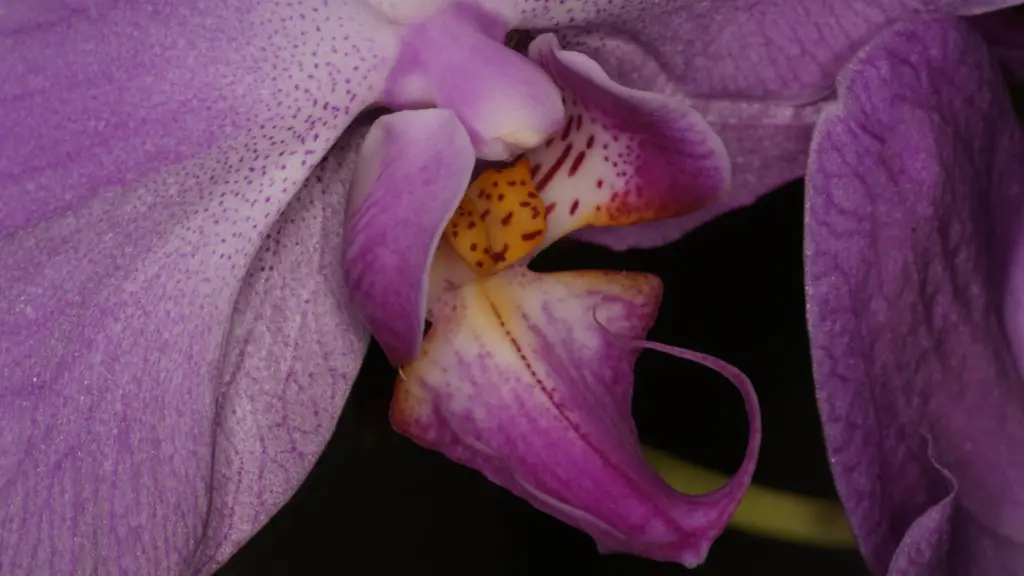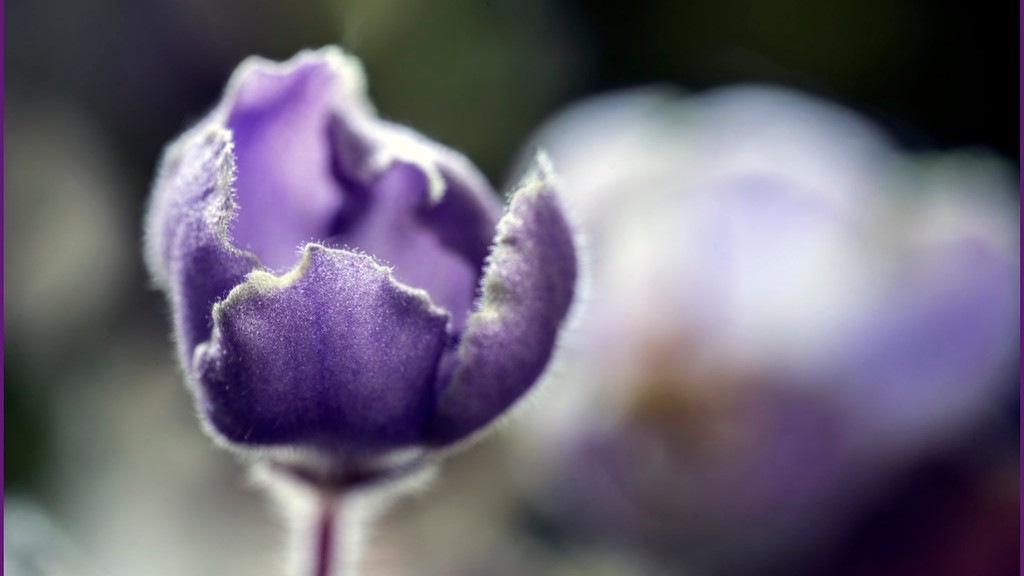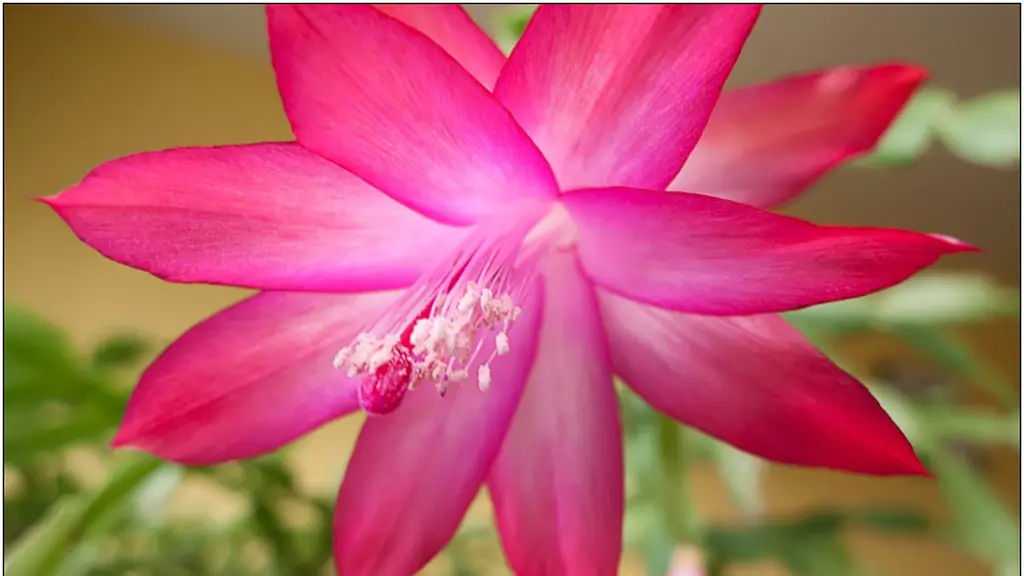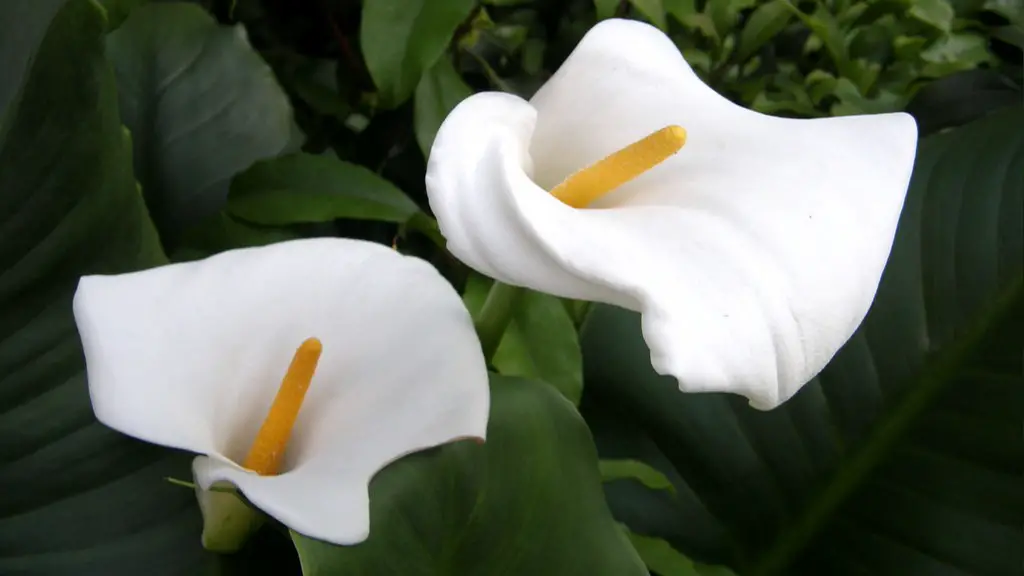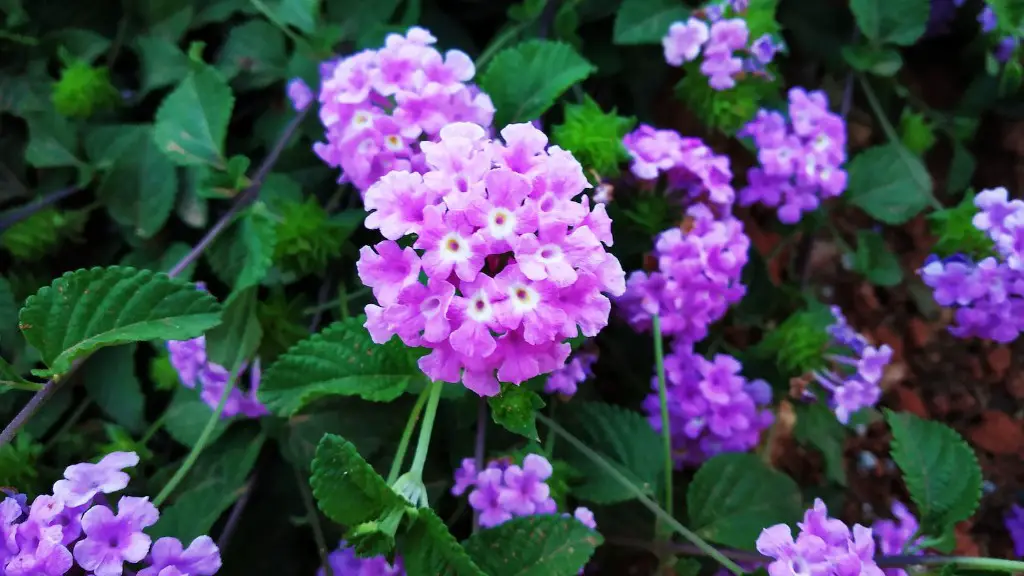Looking after a Phalaenopsis orchid is not difficult and with a little care, your plant will reward you with beautiful blooms for many years. Here are a few tips on how to keep your orchid healthy:
When watering your Phalaenopsis orchid, always use rain, distilled, or reverse osmosis water. Do not use water that has been sitting out or water that has gone through a softener. The best way to water your orchid is to use the im latesting technique. Fill a sink with about two inches of lukewarm water and let your orchid soak for about 15 minutes. Allow the orchid to thoroughly drain before placing it back in its pot.
Be sure to fertilize your orchid regularly. Phalaenopsis orchids are heavy feeders and need to be fertilized every one to two weeks. Use a balanced fertilizer such as 20-20-20.
Your orchid will also need to be repotted every one to two years. Be sure to use a pot that has drainage holes and is only one size larger than the current pot. When repotting, gently loosen the root ball and add fresh, bark-based potting mix.
To promote blooming, keep your orchid in a bright location out of direct sunlight. Phalaenopsis orchids like to be on the cooler side, so temps in the 65-75 degree range are ideal.
How do you take care of a Phalaenopsis orchid after the blooms fall off?
Orchids are one of the most beautiful and popular flowers in the world. They are also one of the most finicky, which is why many people shy away from them. However, with a little bit of care and attention, you can have a healthy and thriving orchid plant. Here are five orchid plant care tips to help you:
1. Water weekly. Just because your orchid no longer has its blooms doesn’t mean you should stop watering it. The roots still need to be hydrated in order to stay healthy.
2. Fertilize. Your orchid will benefit from a monthly feeding of a balanced fertilizer.
3. Give it plenty of indirect light. Orchids do best in bright, indirect light. If you can provide this, your orchid will thank you with healthy growth.
4. Move your orchid to a cooler room. Once the blooms have faded, your orchid will appreciate a cooler environment. This will help it rest and prepare for its next bloom cycle.
5. Give some life to your dormant orchid. If your orchid is looking a little sad and dormant, try giving it a growth hormone boost with a product like Orchid Focus. This
Placing your orchid in an area with bright, indirect sunlight will improve the chances of it reblooming. The more light it receives, the longer its blooms will last.
How often should I water my Phalaenopsis orchid
If your phal is potted in bark, watering once a week is generally sufficient. If your plant is potted in moss, water when the top feels dry. The amount of light and heat your plant receives will also affect how soon your phal needs watering. Summer months will need more frequent watering, winter will need less.
If your orchid has an unhealthy, brown spike, you should cut it all the way back to the base of the plant. If your orchid has a double-spike, you should cut one spike at the base of the plant and cut the other spike 1 inch above the node under the lowest flower bloom.
How long does it take for a phalaenopsis orchid to rebloom?
The flowers of a phalaenopsis orchid usually bloom for several months, and the plant can be pollinated again during this period. It can take anywhere from 9 to 14 months for an orchid to complete a life cycle. If it does not die, it can typically re-bloom once every 8 to 12 months.
When the last flower fades, you can leave the spike (stem) on and it will still continue flowering but the stem gets very ungainly and the flowers get smaller Some people believe it is best to cut off the stem entirely at the base where it comes out of the leaves, and it will bloom again in several months.
What triggers flowering in Phalaenopsis?
Most phalaenopsis species are native to areas close to the Equator and typically do not need a specific photoperiod to induce flowering. Instead, it is usually the lower temperature that triggers phalaenopsis to start the flowering process.
Phalaenopsis orchids make excellent houseplants because they can live for 10 to 15 years. They are easy to care for and require little maintenance.
What triggers an orchid to bloom
Orchids need a lot of light to bloom, so if you want your orchids to bloom, make sure they are getting enough light. There are many factors that can trigger blooming in orchids, but if they don’t have enough light, none of these will be successful.
Orchids are a type of plant that thrive in humid environments. By setting your orchids on top of pebbles in a tray of water, you can create a mini- greenhouse that will help to keep the air around your plants humid. Just be sure that the water doesn’t touch the bottom of the pots, as this can lead to root rot.
Can I water my orchid with tap water?
When watering an orchid plant, softened water should not be used. Softened water contains salts that may damage the plant. Most chlorinated tap water can be used as long as the chlorine isn’t excessive; however, watering orchids with collected rain or distilled water from the store is best.
To ensure that your Phalaenopsis orchid is receiving the right amount of water, check the leaves and roots. The leaves should be shiny and firm, and the roots should be firm and green. If the roots are dark and dry, the plant needs more water. If the roots are yellow, brown or hollow/flat, the plant has too much water.
How do I get my orchid to grow a new stem
Give your orchid enough water so that the roots can absorb it, but you should allow the plant to dry out completely before the next watering. This will help to ensure that your orchid will grow a new stem. Make sure that it is in a room with around 50 to 70% humidity, as this will also help with growth. Fertilize your orchids weekly if there are new growths, then taper off as the plant matures. By following these simple tips, you can ensure that your orchid will grow a new stem.
It’s important to cut back the stem of your flowers to the nearest bud in order to encourage the plant to produce more flowers. This is done by cutting off the stem just above a visible joint (node).
What happens if all the leaves fall off my orchid?
It’s normal for an orchid to lose its old leaves, especially after it moves from a commercial greenhouse with very humid air to the extremely dry air of the average home in winter. Also, as new leaves appear in spring, the plant often loses a corresponding number of old leaves.
Orchids require a fair amount of light to bloom, but they cannot tolerate direct sunlight. The ideal spot for growing orchids is in a south or east-facing window. If you cannot find a good location to grow your orchids, you can place them under artificial lights.
Do Phalaenopsis orchids need to be repotted
If you notice that the potting medium has decomposed and is no longer supporting your plant, then it’s time to repot. Also, if you see that the roots are starting to come out of the pot, then your plant has outgrown its current pot and needs a new one.
Orchids are beautiful, but delicate flowers. Once it reaches the end of the bloom cycle, the plant will drop its flower and enter a dormancy phase. During this stage, the orchid will appear lifeless. There will be no new root growth, no buds produced, and very little water will be needed. This is a normal part of the plant’s life cycle, so don’t be alarmed. Just let it rest and it will bloom again in no time.
Conclusion
Phalaenopsis orchids are one of the most popular houseplants, and for good reason. They are elegant, long-lived, and relatively easy to care for, making them a great choice for beginners. With a little bit of knowledge and care, your phalaenopsis orchid will thrive and bloom for years to come.
Here are some tips on how to care for your phalaenopsis orchid:
Light: Phalaenopsis orchids prefer bright, indirect light. They will tolerate some direct sun, but too much direct sun can scorch the leaves.
Water: Water your orchid when the potting mix is dry to the touch. Allow the water to drain completely before putting the pot back in its saucer.
Fertilizer: Use a balanced fertilizer formulated for orchids, and fertilize monthly during the growing season (spring and summer).
Humidity: Phalaenopsis orchids prefer humid conditions, so mist the leaves regularly with room-temperature water. You can also set the pot on a tray of pebbles and water to increase the humidity around the plant.
Temperature: Phalaenopsis orchids thrive in temperatures of
There are a few key things to remember when caring for a Phalaenopsis orchid: water, humidity, light, and fertilizer. Water the plant when the potting mix is dry, and increase humidity by setting the plant on a pebble tray or misting it regularly. Phalaenopsis orchids prefer bright, indirect light, so placing them near a north- or east-facing window is ideal. fertilizer should be applied every other week, using a half-strength solution. With proper care, your Phalaenopsis orchid will bloom for months at a time.
